Skin Mites on Cats: Pictures, Symptoms, Causes & How to Treat Them
Skin mites on cats are tiny parasites that live on or under a cat’s skin, causing intense itching, crusting, and hair loss. Though relatively uncommon, their impact can be severe. This guide explains how cats get infected, key symptoms, diagnosis methods, and treatment options—including helpful images to spot the problem early.
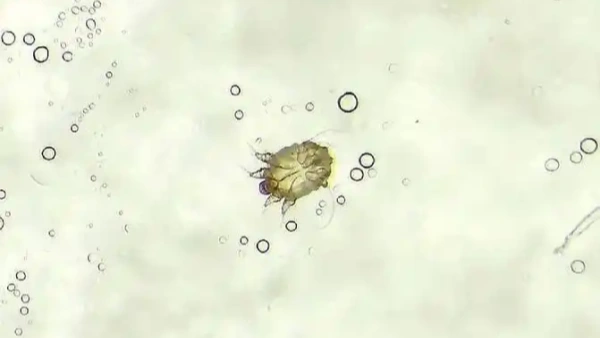
1. How Cats Catch Skin Mites
Skin mites, including mange mites like Demodex cati and Notoedres cati, are highly contagious. They spread easily in multi-cat homes, shelters, and even via wildlife such as squirrels. When a cat’s immune system is weak, these mites can rapidly increase their numbers and cause noticeable skin problems.
2. Spotting Common Symptoms
Early signs include:
Persistent scratching, head shaking, or ear irritation
Redness, thickened or crusty skin—often appearing first in the ears and face
Hair loss, bumps, and enlarged lymph nodes
“Walking dandruff” flakes visible on the coat or bedding
Left untreated, symptoms may worsen, possibly spreading over the body and affecting the cat’s appetite, weight, and overall health.
3. Diagnosis: What Vets Do
Diagnosis usually involves:
Skin scrapings or tape tests examined under a microscope to detect mites or eggs.
Skin biopsy if mites burrow into deeper layers.
Accurate diagnosis ensures the correct mite type is identified—crucial for effective treatment.

4. Treatment Options
Common treatments include:
Medicated dips (lime sulfur) weekly until negative skin tests—typically 4–8 weeks
Prescription medications like ivermectin or selamectin, given orally or by injection
Specific ear medications if ear mites are involved
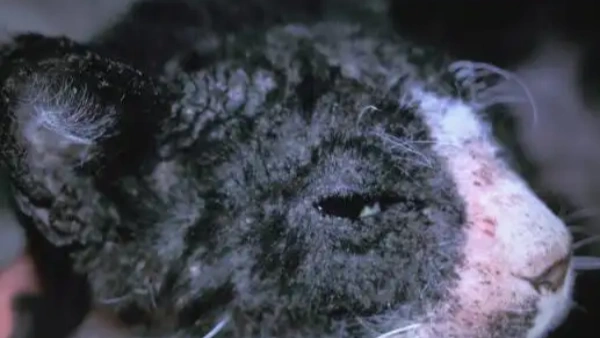
All cats in contact with the infected cat and shared bedding must be treated as well to prevent reinfection.
Everything Our Vets Recommend
5. Recovery & Prevention
With prompt treatment, most cats recover fully. However, mites are contagious, even to dogs, rabbits, or humans in rare cases. To protect your pet:
Use regular parasite preventatives
Isolate infected cats until fully cleared
Clean bedding and living areas weekly
Ensure your cat has a strong diet and routine vet checkups
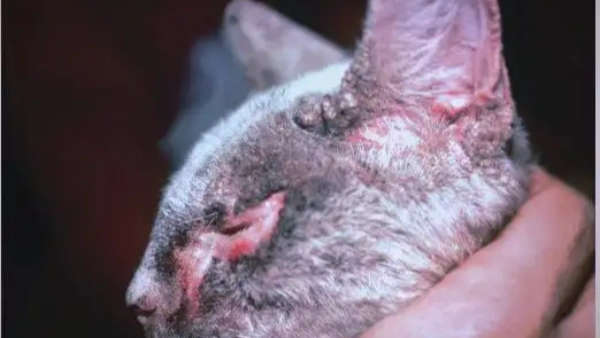
Frequently Asked Questions
Q1: What are common signs of skin mites in cats?
A1: Hair loss, intense itching, red or scaly skin, and frequent scratching.
Q2: Can humans catch skin mites from cats?
A2: Some mites like scabies can be transmitted to humans, so handle with care and see a vet.
Q3: How are skin mites in cats treated?
A3: Vets often prescribe medicated shampoos, topical treatments, or oral medications.
Conclusion & What You Should Do Next
Mites on cats skin may be small, but they can cause major discomfort. If your cat is scratching excessively or has bald patches, contact your vet right away. Early diagnosis and treatment can save your cat from severe irritation and health issues.
Want to learn more about feline skin care? Check out our article on cat skin care tips to explore additional ways to keep your cat healthy and happy.
You May Like:
- Cat Flea Control: Safe, Effective, and Sustainable Solutions for 2025
- How to Get Rid of Fleas on Cats Naturally at Home
- Flea Comb for Cats: How to Effectively Remove Fleas at Home
- Cat Flea Tick Control Tips for a Healthy and Happy Pet
User Comments
Does flea treatment kill ear mites too?
Can dogs take human probiotics?
Can dogs have people probiotics safely?
Related Articles
View all
How Often Flea Treatment Cat? Most Owners Get This Wrong

How to Apply Flea Medicine on Cats: Beginner’s Guide

Best Cat Flea Spray for Cats in 2025: Vet Approved

Where to Put Flea Treatment on Cat: Updated 2025 Guide

How Often Flea Treatment Cat? Most Owners Get This Wrong

How to Apply Flea Medicine on Cats: Beginner’s Guide

Best Cat Flea Spray for Cats in 2025: Vet Approved

Where to Put Flea Treatment on Cat: Updated 2025 Guide

Best Flea and Ear Mite Treatment for Cats (2025 Review)
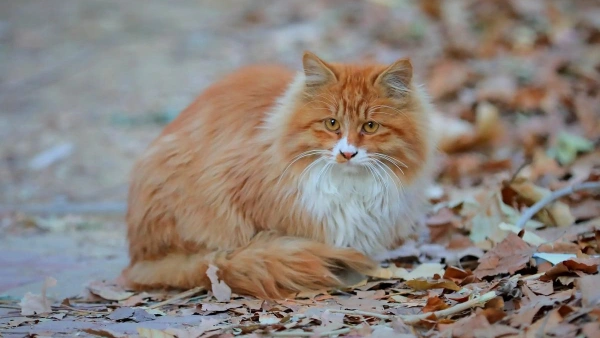
Safest Flea Prevention for Cats: A Complete 2025 Owner’s Guide
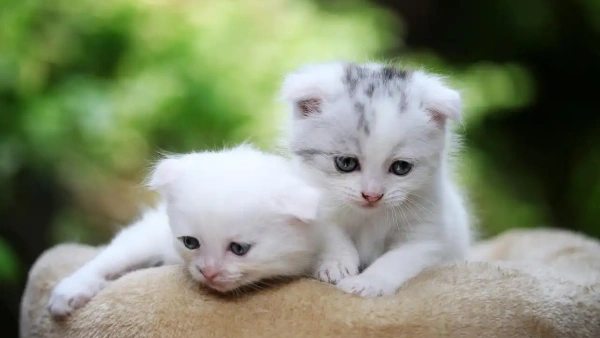
Flea Spray for Kittens: Best Options and Vet Advice 2025

Fleas on Newborn Kittens: Complete Treatment and Prevention



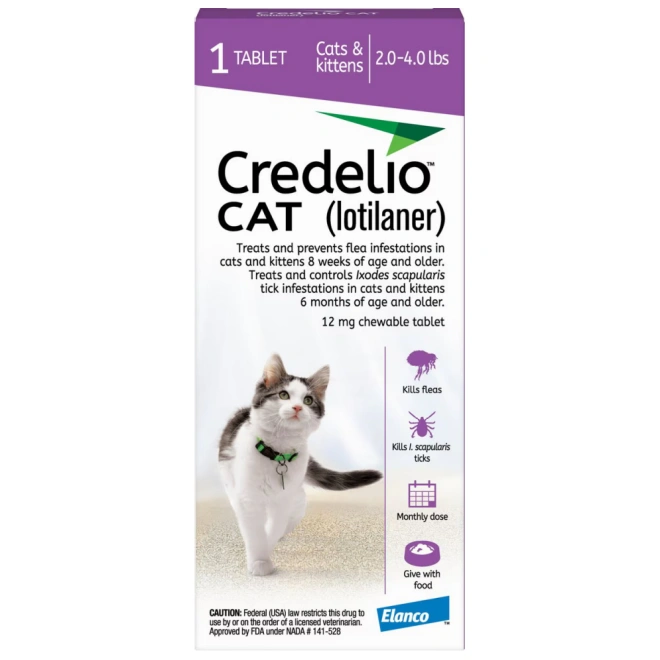
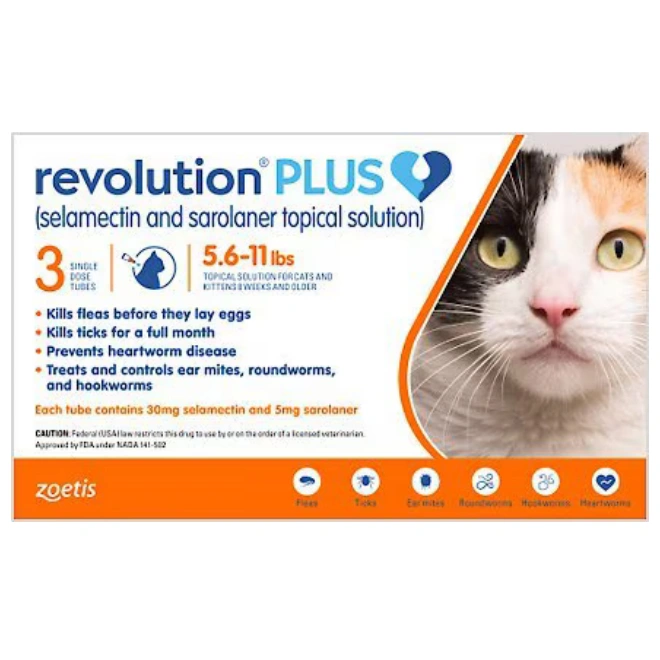
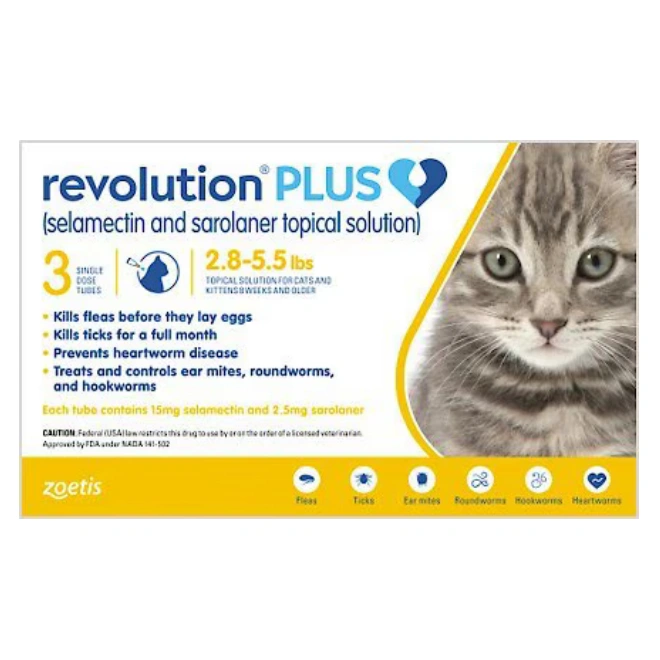








Leave a Reply